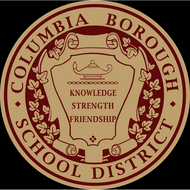(View Complete Item Description)
A textbook that covers major events from the beginning of time until 1900. The text is divided first by time period and then by region and country within the period. Learn about the following topics in this world history textbook:Ice Age, Neanderthals, Mesolithic Age, Stone Age, Bronze Age, Iron Age, Ancient Egypt, Greek Empire, Roman Empire, Nomads, Han Dynasty, Mayan Empire, Byzantine Empire, Dark Ages, Barbarians, Turkish Empire, Viking Empire, Vikings, Charlemagne, Classical Period, Middle Ages, Mongol Empire, Genghis Khan, Black Death, Plague, Colonization, America, Pilgrims, Ottoman Empire, American Revolution, Industrial Revolution, Reconstruction, Renaissance, Age of Discovery, Elizabethan Era, Reformation Era, Age of Enlightenment. Suggested Level: UP (Upper Primary)
Material Type:
Textbook
Author:
Jack E. Maxfield




















